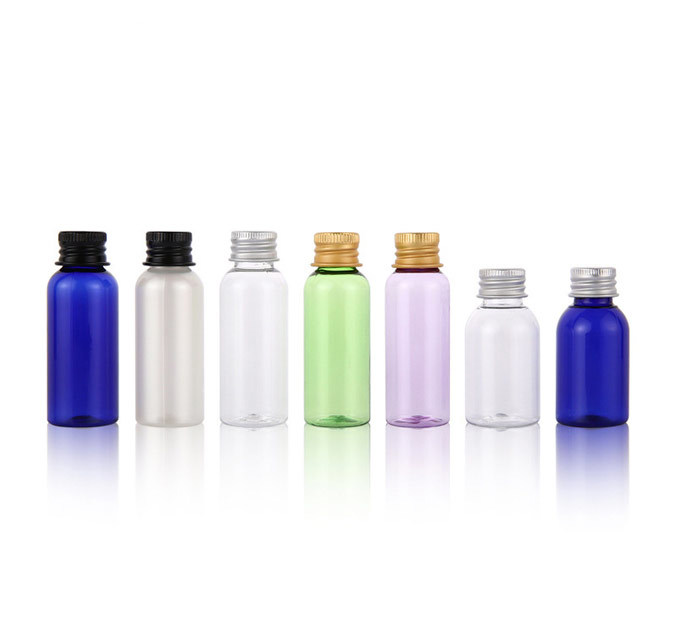How to Deal with Recycled PET Bottles
(2021年10月12日)Shanghai Yansen, a custom bottling & packaging Inc., was founded in May 2019, relying on its own production enterprise in Jiangsu province. As a reliable bottle jar supplier, Yansen provides reusable and environmental-friendly bottles and jars for shampoo, hand sanitiser, shower gel, essential oil, emulsion, etc.
Ⅰ. Recycled PET bottles has become the key to solving the problem
PET plastic bottles are not only widely used for packaging carbonated beverages, drinking water, fruit juices and tea beverages, etc., they are the most used beverage packaging today, but also widely used in food, chemical, pharmaceutical packaging and many other fields.
PET plastic has a wide range of applications in the packaging field. Whether it is packaging film, roll material, shampoo square bottle or beer bottle, PET plastic is used. But when these materials are discarded, they face the problem of how to deal with them. There are tens of billions of PET plastic bottles produced in China every year. Therefore, the recycling of PET plastic bottles can not only solve environmental problems, but also can be used as a new raw material resource to alleviate the contradiction of insufficient PET raw materials.
Ⅱ. The processing method of recycled PET bottles
The physical recycling method of PET plastic bottles is relatively simple, mainly drying and pelletizing the cleaned PET plastic bottle waste. The physical treatment of PET plastic bottles is closely related to the sorting process.
There are two main physical methods for recycled PET bottles:
1. The waste PET plastic bottle is cut into pieces, HDPE, aluminum, paper and adhesive are separated from PET, and the PET pieces are washed, dried, and pelletized;
2. Separate the non-PET bottle caps, seat bottoms, labels and other impurities on the waste PET plastic bottles by mechanical methods, and then wash, crush and pelletize. Recycled PET must not contain PVC impurities, otherwise it will affect the color of PET.
When the amount of PVC mixed in is small, it can be separated manually on the conveyor belt, that is, PVC and PET plastic bottles have different melting points in the stressed part when subjected to torsion, and the broken PET and PVC fragments are equipped with heaters and temperature In the controlled conveyor belt, the PVC is melted and adheres to the conveyor belt so that it can be separated from the PET.
The label on the beverage bottle can be removed by a combined separation device of a blower and cyclone after the bottle is broken.
It can also be separated by an air extraction tower separation device. The broken PET fragments are added vertically from the top of the separation tower. The fragments and the updraft form a countercurrent. The difference in the proportion of PET and the label fragments is used to extract the labels and the PET comes out from the bottom of the separator. In order to ensure the label separation efficiency, more than two sets of separation devices can be used in production.
The washing of PET chips is very important. Washing often uses 80-100℃ hot water to soften or dissolve the EVA adhesive or other types of adhesives that stick to the label and the base. In order to prevent the falling adhesive from adhering to the PET fragments, additives such as alkali, emulsifier or other special chemical agent.
The composition and content of the cleaning fluid are generally determined by the factory according to the source of the waste and the bonding characteristics. The cleaning fluid can filter out impurities and reheat it for recycling. The washing can be carried out in a special cleaning tank equipped with a stirrer to ensure cleaning effect, the washing can adopt the secondary washing process.
PET flakes usually use a centrifugal dewatering machine to reduce the moisture content of the flakes to 2%, and then are dried by a belt or tube dryer to reduce the moisture content to 0.5%. The high-quality PET plastic bottle recycling system successfully developed by German company has an annual processing capacity of 15,000 tons. The processed PET raw materials can be directly made into other PET containers, and the production cost is greatly reduced.
- «前のできごと |
- 次のできごと»
- このできごとのURL:





コメント